Nestled within a bend in the River Clyde, archaeological monitoring works at a quarry uncovered a remarkable discovery: a prehistoric settlement concealed under 2.5m of peat.
The settlement was a sub-circular fenced enclosure with brushwood pathways and surfaces linking three large timber roundhouses. Peat had preserved these structures in an astonishing condition, along with rare artefacts including shale and copper-alloy bracelets and two wooden wheels.
AOC Archaeology undertook the archaeological works on behalf of Breedon Trading Ltd, as advised by West of Scotland Archaeological Services (WoSAS)
Under Peat
The settlement was constructed on a peat bog, though it’s possible that the ground was drier at the time. Unlike crannogs, which are built over open water, this site bore more similarities with a typical terrestrial roundhouse settlement except that it had been built in a wetland environment (a ‘wettlement’). The houses were built with wooden posts while bundles of brushwood made up the floors. Softer materials such as ferns, bracken, straw, and reeds were likely used as an upper floor covering, but this did not survive well. At some point, the site may have become inundated with rising water levels, leading to the growth of sphagnum moss which eventually became peat. Peat continued to form over the site for possibly 1500-1700 years before its discovery in 2020. The unique anoxic environment slowed the decay process and preserved the remarkable structures and artefacts.
A Challenging Excavation
The site was discovered in October 2020 during archaeological monitoring of the removal of a peat bog. The delicate and complex nature of the site meant that all the structures were excavated by hand, a slow and methodical process that took several months to complete. The weather also presented challenging conditions with regular flooding from rain, snow, and the existing ground water. The archaeologists had to use wooden boards to create a network of walkways around the site. At other times, strong winds or sunlight started to dry out the site, threatening the carefully preserved deposits that needed to be kept damp.
The Roundhouses
The three roundhouses were built less than 0.3m apart and were likely constructed at the same time. Logs and brushwood bundles were used to form paths and platforms around the houses, including a long path leading to Roundhouse 1.
Each house had three rings of wooden posts: an outer double wall of small posts (less than 0.1m diameter); an inner ring of 11 posts (up to 0.2m diameter) which bore the structural load of the house; and a central ring of small stakes (less than 0.05m diameter) which would have enclosed the hearth. The walls were of woven wicker, which survived in places around the site.
The floors were made from brushwood bundles, which were best preserved around the edges of the houses. This may suggest that the inner area of the houses (around the hearth) was more frequently used. In some places woven mats were found, possibly at focal points where people were moving through more regularly. There were some differences in the construction and artefacts found in each house, indicating different activities that may have been happening.
Heart of the House
Each house featured a large central hearth built with flat stone slabs. The layers of stones indicate that the hearths had been replaced at least three times, sometimes with new layers of brushwood flooring woven around the edge of the new stones. The hearths in Roundhouses 2 and 3 had ‘post-shoes’ on their southern sides. These were logs with postholes cut into them, possibly to support a removable frame.
While the lower hearths and flooring had sunk somewhat into the peat below they were still in very good condition, hinting that the creation of a new hearth was not a purely functional activity. The hearth was an important element in the daily lives of inhabitants and the replacement of such a feature would have been significant. It may have taken place at specific times; perhaps representing ideas of renewal and rejuvenation.
Personal Adornment
Three bracelets were found on the site, providing evidence for the personal adornment of the people living there. Fragments of shale bracelets were found in the floor surfaces of Roundhouses 1 and 3, and a complete copper-alloy bracelet was found in Roundhouse 1. Inside Roundhouse 1, several fragments of shale were also found, suggesting that such bracelets may have been made here. Intriguingly, a cup-marked stone was found alongside the shale fragments and may have been associated with bracelet-making. Bracelets were used throughout the Bronze Age and Iron Age and may have had a particular significance.
Stone Tools
Cobble stone tools were found in all the roundhouses, scattered amongst the sub-floor surfaces. The tools, which would have originally been functional items for everyday tasks, appear to have been deliberately deposited. The reuse of stone tools within roundhouse structures has been seen on many sites across the country and hints at a significance beyond their mundane uses. One of these stone tools found near the hearth of Roundhouse 2 was a decorative loom weight.
Sampling Strategy
As part of the excavation, soil samples from different locations above, below, and within the roundhouses were taken. These samples contain a wealth of microscopic data that can help understand the houses and their local environment. Laboratory analyses of soil samples can reveal the materials used to construct the house floors and offer clues to the activities happening in different parts of the site. They can also give evidence for the ground conditions when the houses were built and suggest reasons for the site’s abandonment. Wood samples from the floors and posts can identify the trees species used and can be dated to discover when the houses wereconstructed and repaired.
Two Wooden Wheels
Two of the most spectacular finds on the site were well-preserved wooden wheels. The first was a spoked wheel with finely turned and carved spokes and hub. It was discovered outside the main enclosure to the east and had been deposited in a fragmentary state, with only one spoke fully intact. It may have once been part of a chariot.
The second wheel was of a different type: a tripartite-plank wheel that may have been part of a cart. It had been integrated into the floor of Roundhouse 2 and might have been visible from just inside the entrance.
























